Marketing Gift Annuities
The primary goals of marketing efforts are to inform people about the gift annuity program and to generate inquiries from motivated prospects. Do not attempt to explain details — that is for face-to-face meetings. Your organization’s mission and charitable work are the foundation of its marketing efforts. Gift annuity donors are motivated by both the desire to make a major gift to your institution and the opportunity to receive an attractive fixed income that they cannot outlive. Market your charitable gift annuity program to people who already support your organization as volunteers and donors. They value your mission and work, and they may be able to meet personal financial goals through the charitable gift annuity program.





